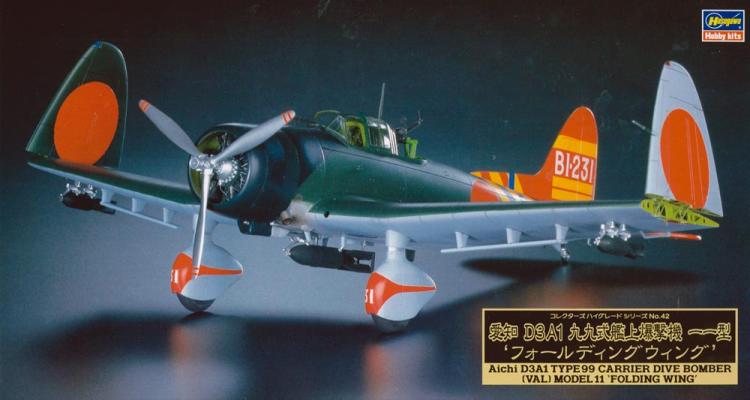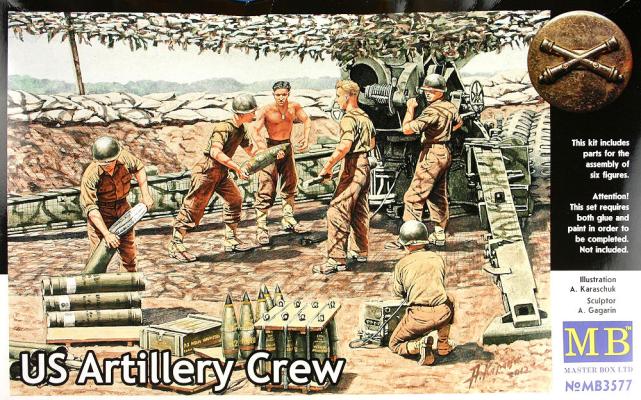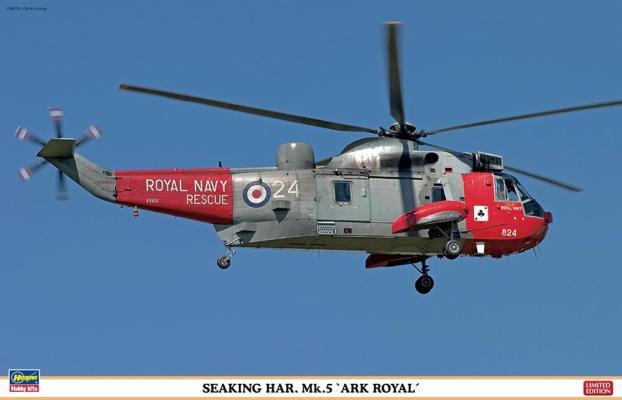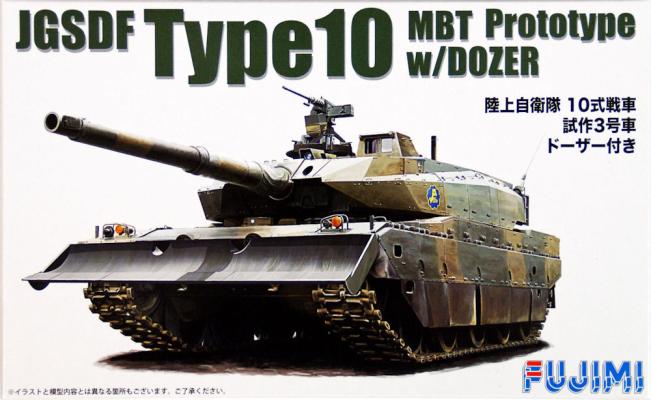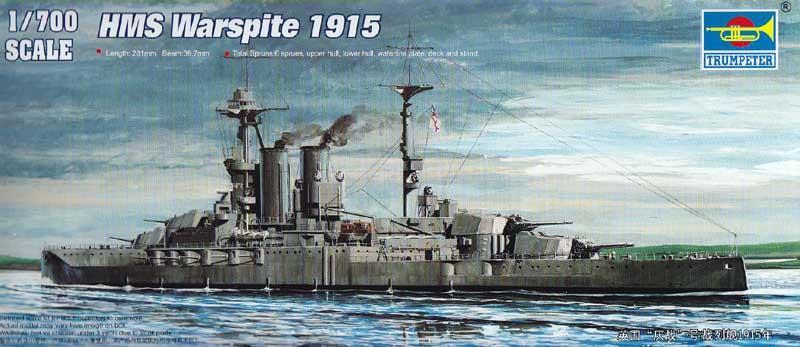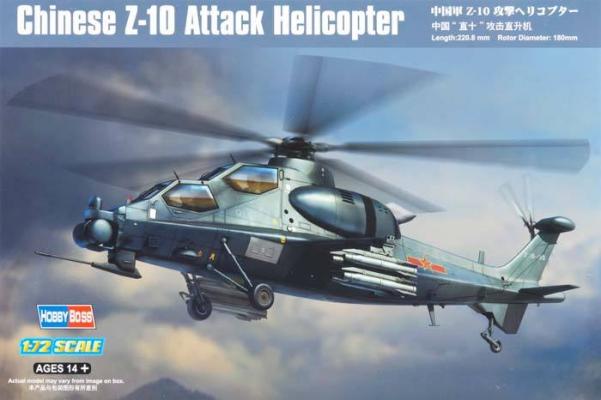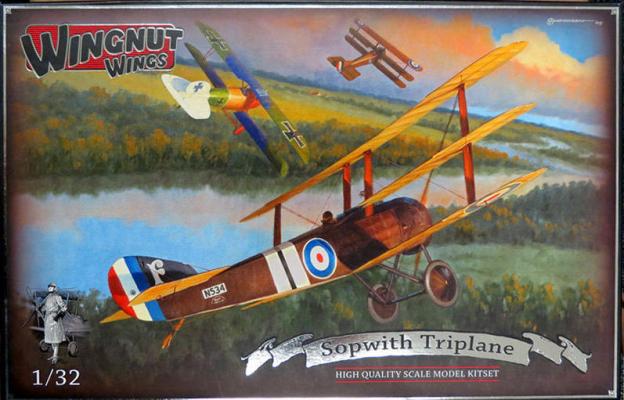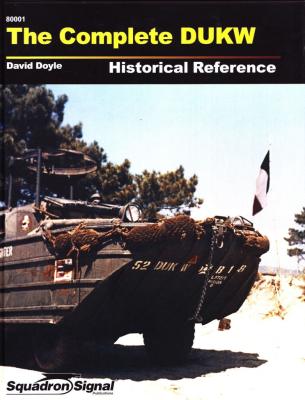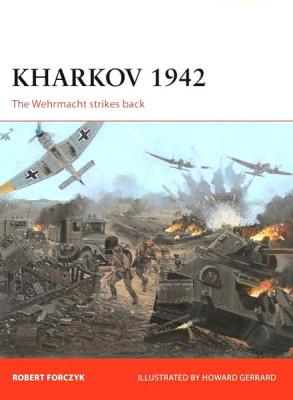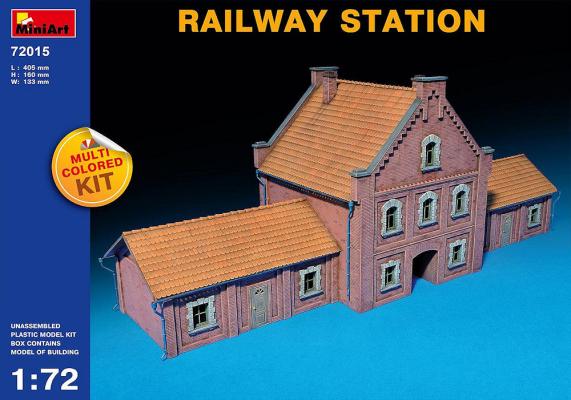History Brief
In 1936, the Imperial Japanese Navy requested bid submissions for a carrier-based bomber prototype from Mitsubishi, Nakajima, and Aichi. With Mitsubishi dropping out early, the contest was narrowed down to the two remaining competitors. The Aichi prototype made its initial test flight in 1938 and despite several R&D problems was officially adopted in 1939 over the Nakajima prototype on the merits of its superior speed and maneuverability.

